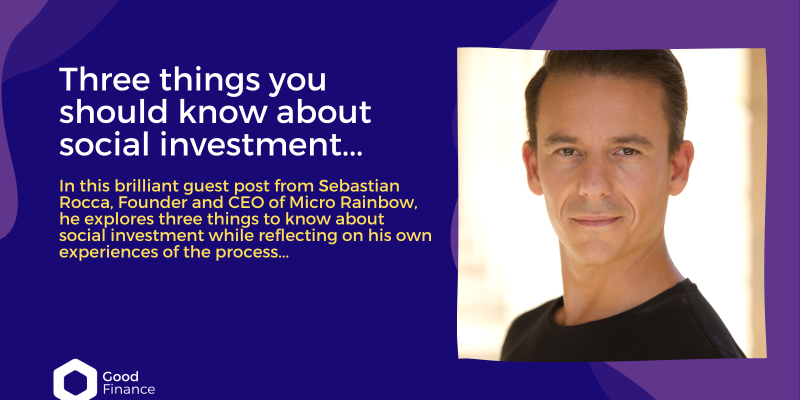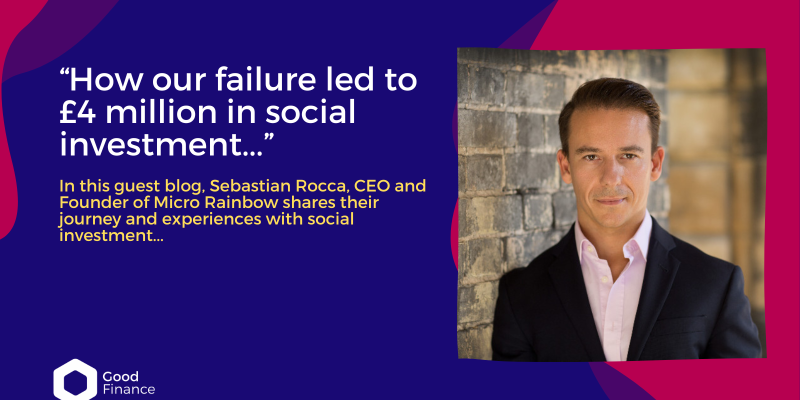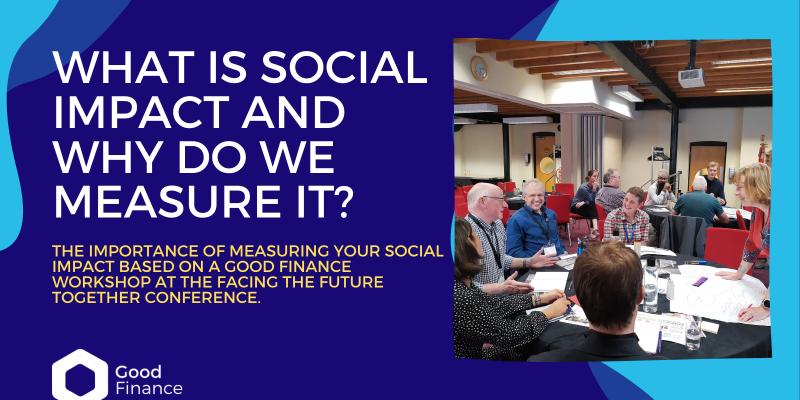On Saturday, the Dormant Assets consultation was launched to help the government make an informed decision on what should happen with the £738m+ made available via the scheme. At Good Finance, we are supporting the Community Enterprise Growth Plan. This post explores what that is and crucially, what it means for social enterprises, charities and community organisations…
What is the Dormant Assets Scheme?
A dormant asset is a financial product (eg a bank account) that has not been touched for a long time (eg 3 years for a Savings Account) and which the provider (eg a bank) has not been able to reunite with the account owner, despite their best efforts.
The Dormant Assets Scheme (DAS for those of you that can’t resist yet another social investment acronym), has already unlocked £892m across the UK.
£485m of that sum was used to provide social investment to charities and social enterprises through our funders – Big Society Capital and ACCESS The Foundation for Social Investment.
To see examples of social investment and how organisations can harness the power of repayable finance, explore our recent casestudies.
What is the Community Enterprise Growth Plan?
The main aim of the Community Enterprise Growth Plan is to channel funds from dormant assets to enterprises with a social purpose. The scheme would focus on places and communities that have typically been deprived of these levels of investment in previous years.
Through tried and tested interventions, the Community Enterprise Growth Plan aims to support Voluntary, Community and Social Enterprise (VCSE) trading activities by;
- Supporting charities and social enterprises to access suitable, affordable finance through blended finance (which is a combination of grant + loan – bust more social investment jargon here) to make repayable finance more accessible.
- Start-up funding for a £50m Black-led social investment fund, as per the recommendations of the recent Adebowale Commission on Social Investment to tackle the inequality facing Black-led social enterprises. Our Addressing Imbalance programme is also designed to break down barriers for a more equitable sector and our first live event will take place this September – learn more and register now.
- Supporting a network of Community Development Financial Institutions (CDFIs) that offer affordable finance to those unable to access mainstream lending.
CEO of ACCESS, Seb Elsworth, has called for the sector to get behind the Community Enterprise Growth Plan, which he believes will create jobs and growth while solving social and economic problems…
“Tackling the cost-of-living crisis and delivering real change in places affected by economic decline requires urgent action. We must make the case that it is charities and social enterprises – with their extensive reach to underserved places – that can deliver tangible change by creating growth and jobs”
Stephen Muers, CEO of Big Society Capital has also shared his views on the vital role played by Dormant Assets and the opportunity that lies ahead…
“The Community Enterprise Growth plan offers a massive opportunity after the pandemic to build on that progress and genuinely level up by giving power to the communities that are most in need to help themselves.”
You can download the full Community Enterprise Growth Plan here.
So what?
On Saturday, a 12-week consultation on the future use of dormant assets in England was launched and this expanded scheme could unlock £734m+ additional funds for charities and social enterprises.
The government is encouraging all those with an interest – including the public, community groups, and industry stakeholders – to help shape the direction of the Dormant Assets Scheme in England over the coming years.
Here at Good Finance, we are well aware of the fantastic work of social enterprises and charities that reach and support underserved communities. We are encouraging all of our fantastic users to take advantage of this unique opportunity to release more capital to those that make a real difference, creating impact where many need it most.
You can fill out the consultation online here and it is open until Sunday 9 October.
If you have any questions for us about the Consultation, you can email dormantassetsconsultation@almaeconomics.com – or drop us a DM on Twitter, and we’d be more than happy to help.






